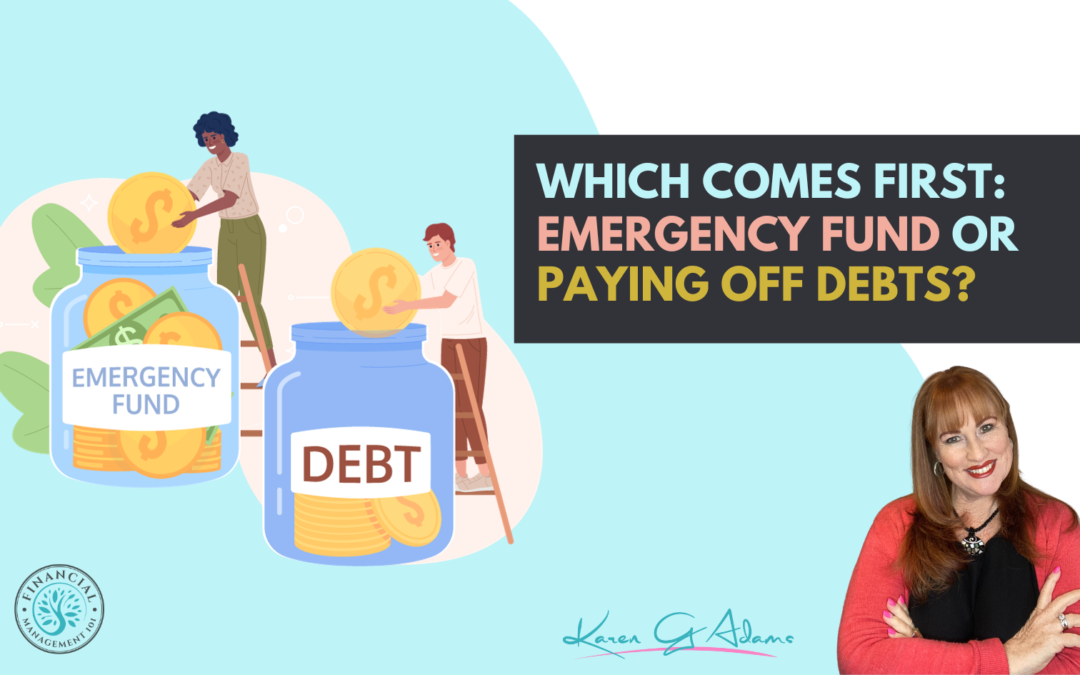When money is tight, it can be hard to pay down debt and build up an emergency savings fund at the same time. But it is still possible with careful budgeting and good money management.
Here’s a step-by-step plan on how to do this:
1. ASSESS YOUR FINANCIAL SITUATION
Start by looking carefully at your money. Write down everything you earn and everything you owe, including the balances, interest rates, and minimum monthly payments.
2. MAKE A BARE-BONES BUDGET
Make a simple budget that covers only the most important costs, such as housing, utilities, groceries, transportation, and insurance. Cut back as much as you can on spending you do not have to.
3. PAY OFF HIGH-INTEREST DEBTS
Pay off your debts with the highest interest rates first, as this will save you money in the long run. All debts should have the minimum payment made, but any extra money should be put toward the debt with the highest interest rate.
4. SET REALISTIC GOALS
Find out how much you can afford to put toward debt repayment and savings each month. Be careful and make paying off debt your first priority.
5. BUILD A SMALL EMERGENCY FUND
Even though it is important to pay down debt, having a small emergency fund can help you avoid going deeper into debt if you have to pay for something unexpected. Start with a small goal, like $500 or $1,000, and slowly raise it as time goes on.
6. USE WINDFALLS/UNEXPECTED MONEY WISELY
If you get money you did not expect, like a tax refund or a bonus, put some of it toward paying off debt and some into an emergency fund. This helps you move forward in both areas.
7. SAVE AND PAY OFF DEBTS AUTOMATICALLY
Set up automatic transfers to your emergency fund and to your debt payments whenever you can. This makes sure that you always move closer to both goals.
8. LOOK FOR WAYS TO MAKE MORE MONEY
Look for ways to make more money, like part-time work, freelance gigs, or selling things you do not use. The extra money can be used to pay off debts and save money.
9. TALK WITH YOUR CREDITORS
Talk with your creditors about your money situation. In some cases, you may be able to negotiate lower interest rates, lower minimum payments, or a delay in payments to make it easier to handle your debt.
10. REVIEW AND ADJUST REGULARLY
Check in on your budget and financial goals every so often. Change how you pay off debt and save money when your income and expenses change.
11. CELEBRATE MILESTONES
Celebrate your successes, no matter how small they are. Every dollar you save in an emergency fund or pay off of a debt is a step toward financial stability.
Remember that building an emergency fund and paying off debt are long-term goals. It’s okay to progress slowly if your income is limited.
The important thing is to keep working toward both goals, even if progress is slow. Your money situation will get better over time, and you will have a stronger financial base.
At Financial Management 101 – we are committed to providing YOU with excellent financial education, training and support so that you can live the life you truly desire. Join our LEARNING HUB today!




